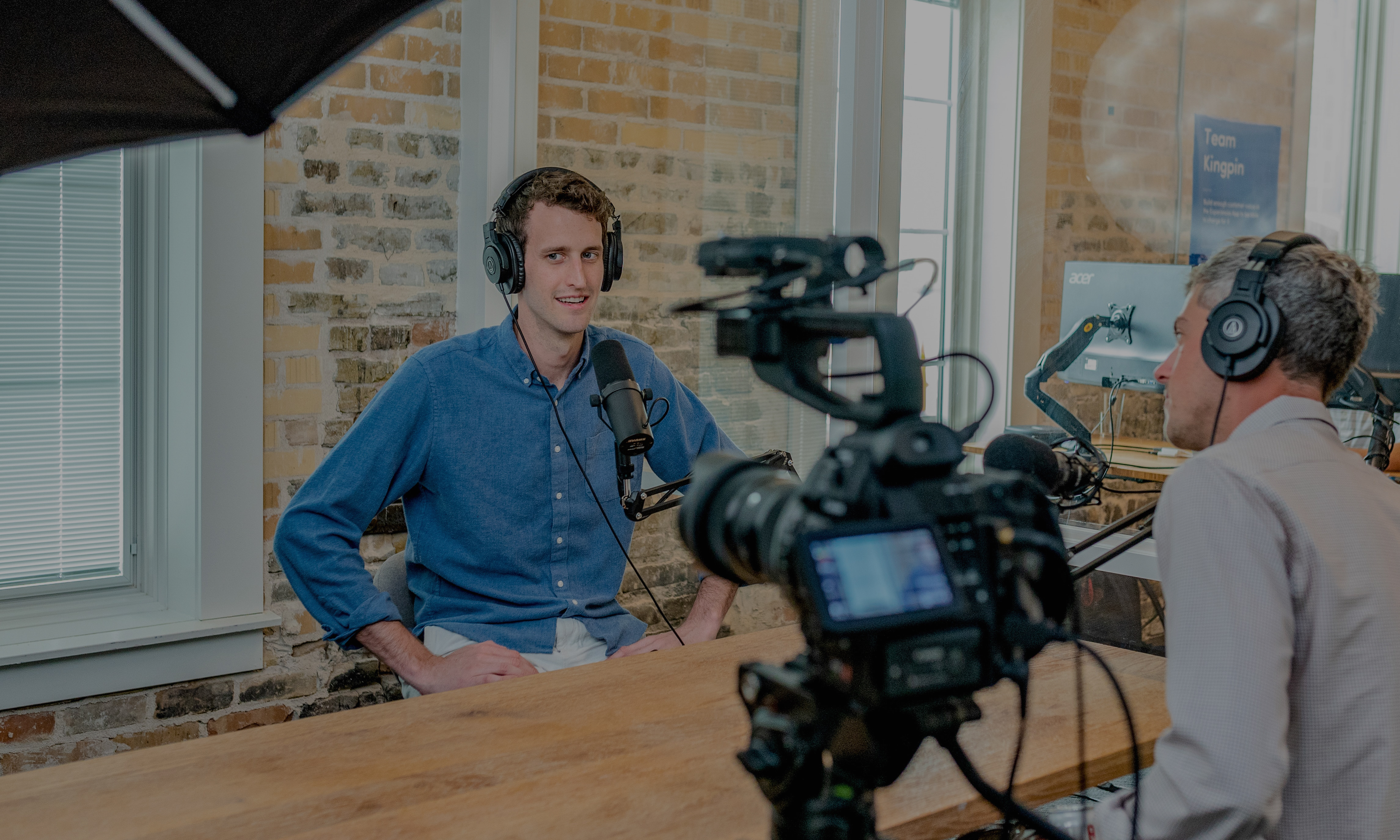Best Practices For Virtual Event Speakers

Best Practices For Virtual Event Speakers
As the world continues to find its “new normal” amidst the ongoing Coronavirus pandemic, the need for well-produced, engaging virtual experiences is continuing to rise. Event producers and organizations are quickly learning how to use virtual events to meet their communications and fundraising goals, but in order to do so, it is crucial that your speakers are prepared to work in the virtual realm.
At VISION, part of our strategic approach involves thinking through the minor details of an event so the client can focus on the big picture. With virtual events, and particularly live-streamed events, there are a few best-practices for speakers we always keep in mind.
1. When crafting scripts and outlines with speakers, encourage them to refocus on their original goals for the event
At VISION, we are in the business of ‘experience design’ – which is based on ‘what do you want your audience to feel?’ What do you want them to care about or do? How do you want them to interact with your brand? What does success look like? Look at events from 360 degrees – particularly – look at all the key stakeholders in an experience: the sponsors, attendees, partners, the community surrounding the event or impacted by the event, and so on. When you work with speakers, it is crucial to consider everyone’s perspective in designing an experience so you can advocate from their point of view.
2. Make sure your speaker is trained to connect emotionally with the audience
It’s okay for virtual events to be authentic and organic, they just have to be well-produced with quality content to be effective and engaging. To do this, make sure your speaker is as lively – if not more so—than they might have been at a live event. A few tricks of the trade include keeping eye contact with the camera, using hand gestures, not reading directly from a script, using proper inflection, and showing real, human emotion as appropriate.
3. Schedule run-throughs and make sure they are practicing
It is easy to feel protected or less nervous from “behind the screen” than you would at a live event with an audience, but that doesn’t mean that speakers don’t need to treat a virtual event with the same preparation and seriousness as they would a live one. Especially if your event is live-streamed, make sure you have done a few run-throughs to work out any kinks and ensure the speaker looks comfortable on screen.
4. Make sure your speakers have what they need to deliver quality video
During this time of social distancing, sometimes on-camera speakers need to do their own video recordings. Oftentimes, that means that your speakers are recording from their phones. To help get the best quality, we recommend sending detailed instructions to ensure that iPhone recordings are of the same/similar quality and format for consistency. For example, make sure your speakers are positioning themselves toward natural light and have the camera at their eyeline. This is incredibly important for quality and consistency. In that same vein, you need to also determine how clients will send their videos to you. Email will often compress videos, so make sure you have a shared drive online or another safe way to transport the file.
As you may come to realize, speaking in a live setting is a lot different than during a virtual event. Both come with their own pitfalls and triumphs. As the pandemic lingers and virtual forums continue to be utilized, incorporating these best practices to help guide your virtual speakers will be invaluable when launching your next online event.
